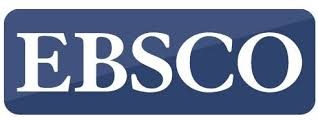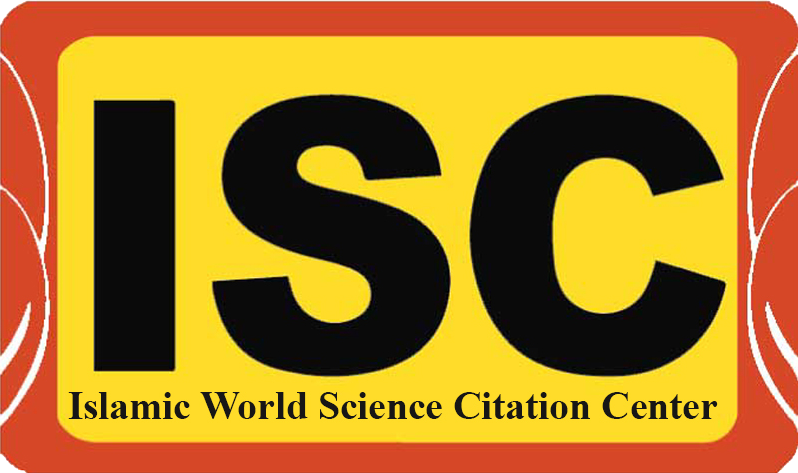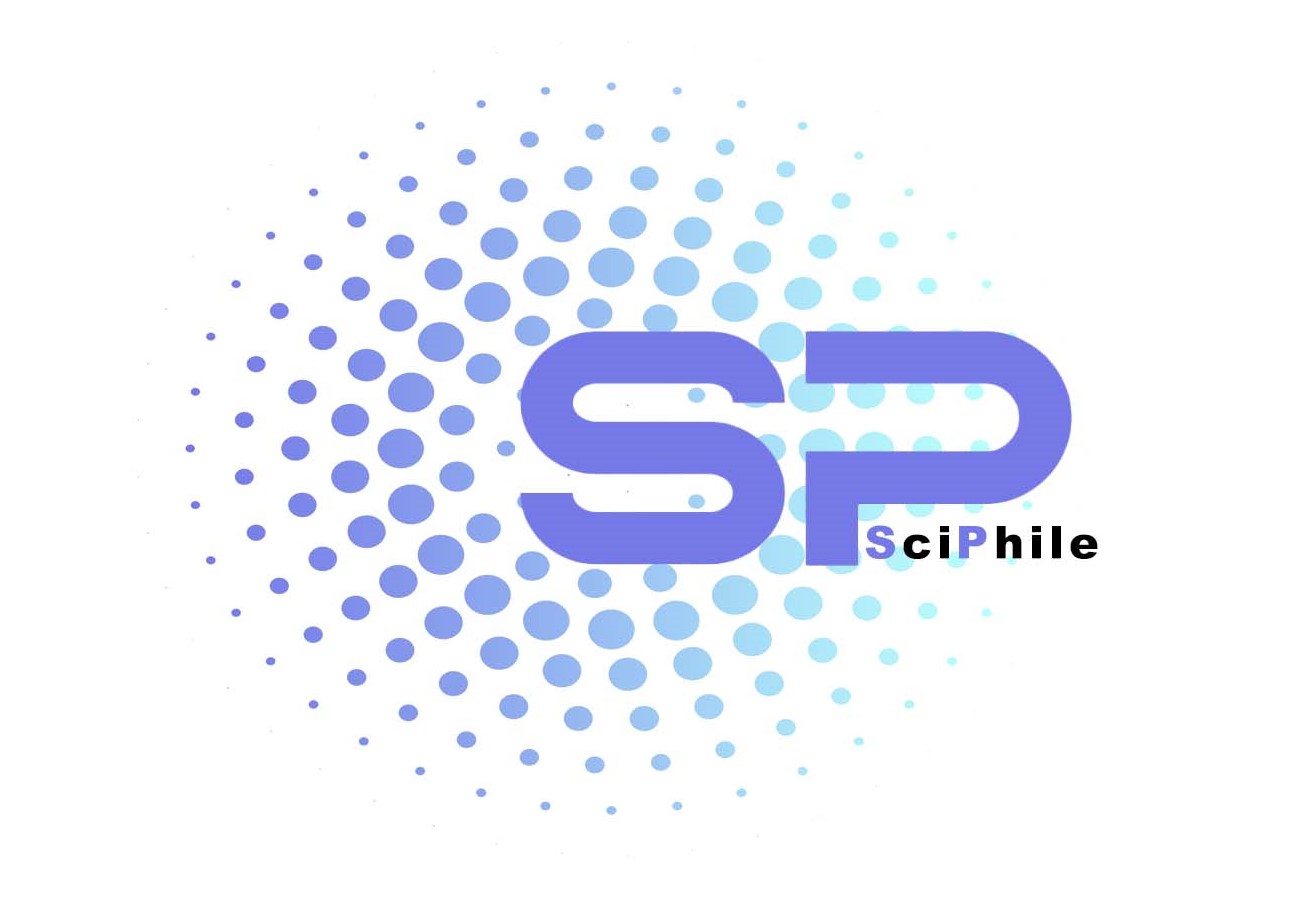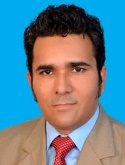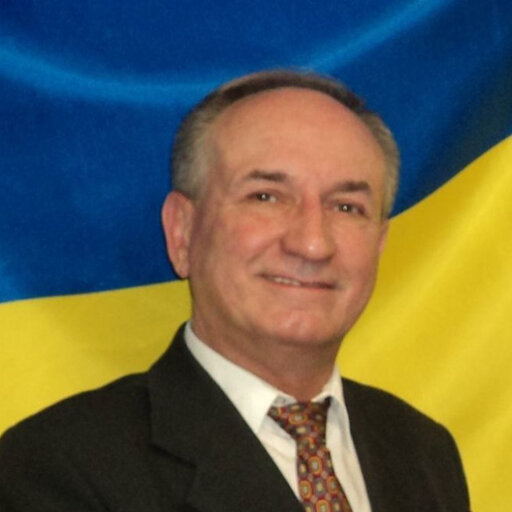Predicting Nomophobia in Adolescents Based on Personality Traits and Psychopathological Symptoms
Abstract
Objective: The detrimental and excessive use of communication technologies today can have negative psychological effects on individuals. Among these negative effects is a phenomenon known as nomophobia. Nomophobia, an abbreviation for "no mobile phone phobia," is considered a 21st-century disorder that can be caused or exacerbated by various factors in an individual. Therefore, this study aimed to determine the extent to which personality traits and psychopathological symptoms play a role in predicting nomophobia in adolescents.
Methods and Materials: This study was a cross-sectional correlational research. The population consisted of adolescents aged 12 to 18 years in the city of Isfahan, who were selected through convenience sampling to a total of 250 participants. Data were collected using the Yildirim and Correia (2015) Nomophobia Questionnaire, the NEO Personality Inventory (1986), and the SCL-90-R Psychopathological Symptoms Checklist (1976). Multiple regression analysis was used for data analysis.
Findings: Personality traits (neuroticism, extraversion, openness, agreeableness, and conscientiousness) could predict nomophobia in adolescents at a significance level of less than 0.05. Likewise, psychopathological symptoms (depression, anxiety, hostility, phobia, obsession, paranoid thoughts, psychosis, interpersonal sensitivity, somatization) could also predict nomophobia in adolescents at a significance level of less than 0.05.
Conclusion: Nomophobia is among the social problems in adolescents, where numerous personality and psychopathological factors can play a significant role in its development and progression. These factors should be considered by researchers in more extensive samples and various cultures when dealing with adolescents with nomophobia. Additionally, these predictive factors should be taken into account in the counseling process of adolescents.
Downloads
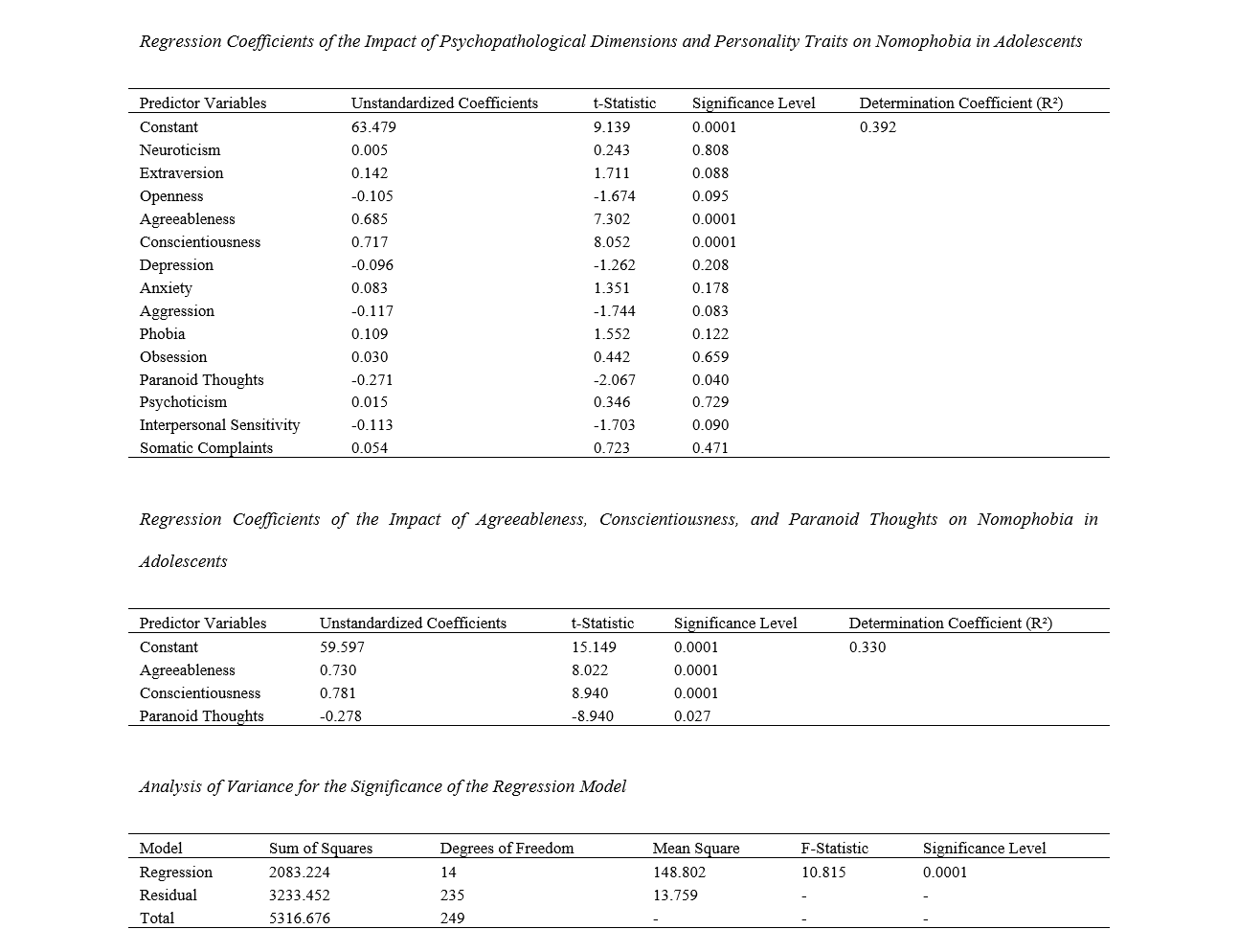
Downloads
Additional Files
Published
Issue
Section
License
Copyright (c) 2024 Parinaz Sadat Sajadian (Corresponding Author); Hossein Manian (Author)

This work is licensed under a Creative Commons Attribution-NonCommercial 4.0 International License.





